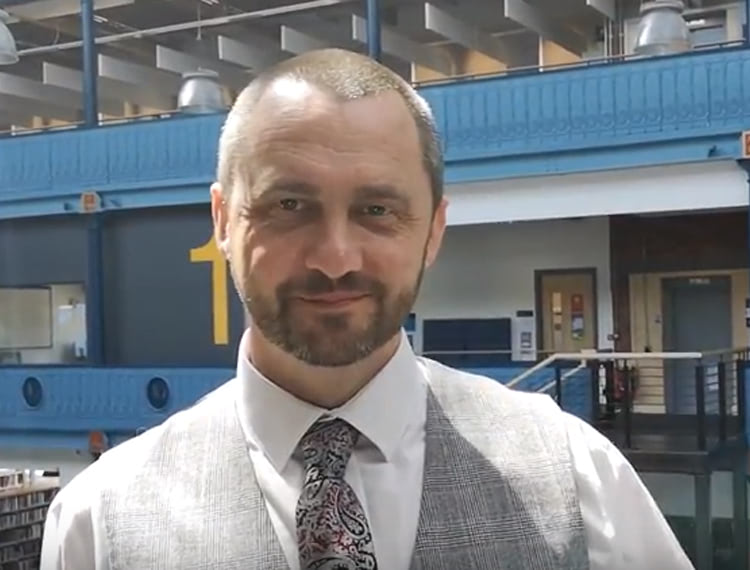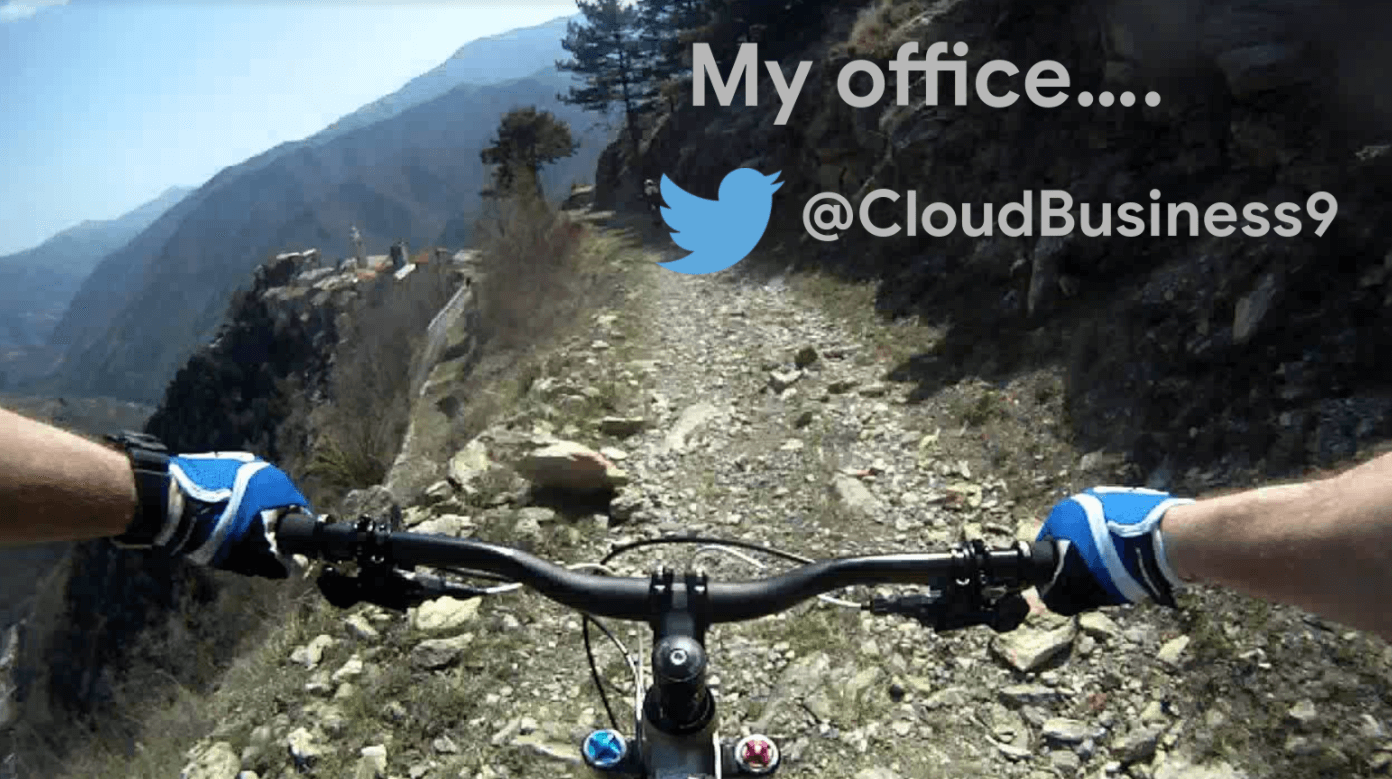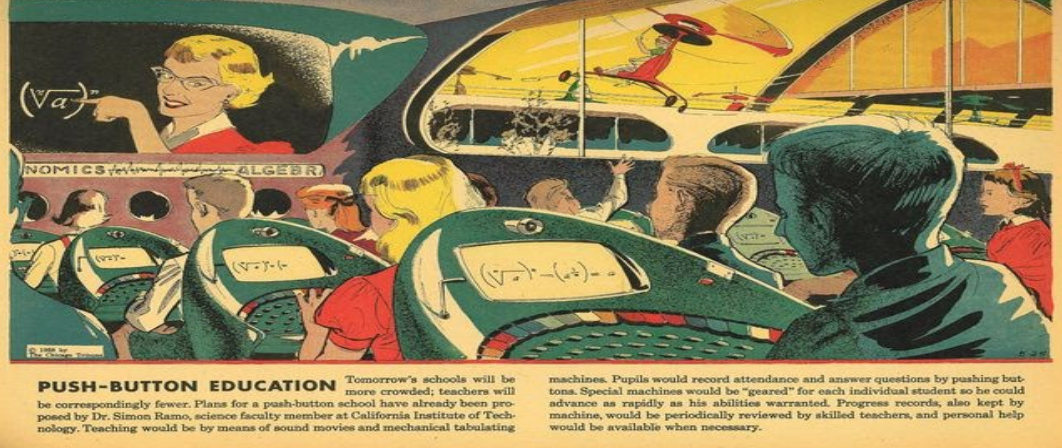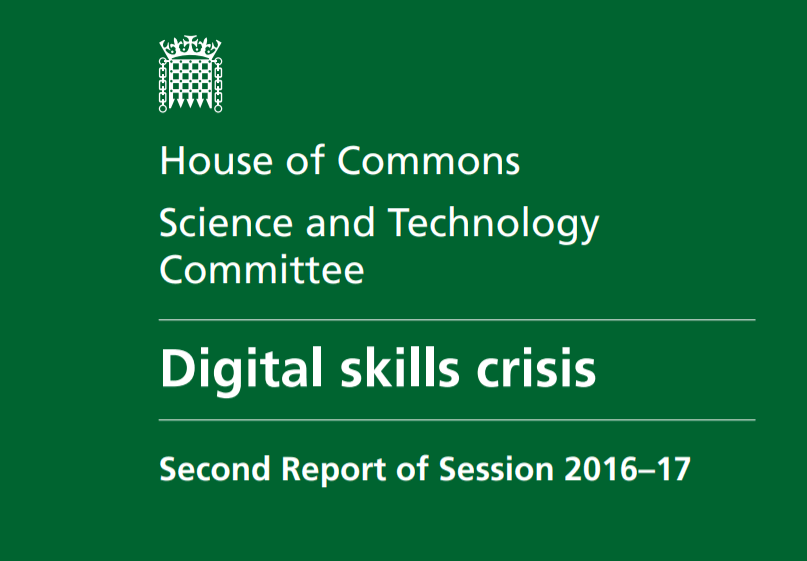New, Next or Never Normal? Figuring Out The Changing World of Further and Higher Education After Covid-19

There’s no going back. There, now you don’t need to read the rest of this article. But seriously, I am writing this from a sunny retreat in my garden having held multiple video meetings throughout the day with clients and partners all over the UK and wider across the world. No need to travel, to pollute the planet or to waste time, aside from the health benefits. By using technology to save time and to be more productive, I’m able to get more time on my mountain bike than I ever could before the coronavirus pandemic hit, and for anyone who follows me on Twitter (@Cloudbusiness9) you’ll know just how much that means to me.

Using technology that makes life better has two key benefits for me. I get healthier and I also do some of my best creative thinking whilst I am in my element on bike in a forest somewhere (usually in Staffordshire). I’m the kind of person who needs to move to think and this is relevant to the core contention of this article because as we try to figure out what the changing world of education means for our world of schools, colleges and universities it is clear that our thinking needs to move also.
What is it about the 20s?
It was broadly 100 years ago that the world experienced the Spanish flu pandemic. Millions died and for young people emerging into the post-pandemic world of the 1920s it must have seemed like a slightly scary, uncertain time with no shortage of poverty wherever you looked. BUT! The 20s roared and here we are again. Despite the challenges of our current time, innovation is everywhere. Disruption and innovation go together and this was evident in a series of recent online conferences held to explore the approaches leaders in education are taking to manage through the pandemic.
I had the privilege to be part of these conferences that included senior leaders from the world of education coming together to share their insights, experiences and challenges in navigating through the Covid-19 pandemic. The meetings were chaired by the former CEO and Principal of Coleg Cambria, David Jones OBE, and we turned the insights from the meetings into a report we co-authored called ‘New, Next or Never Normal? Figuring out the changing world of further and higher education’.
It’s not my intention to repeat the findings here as you can follow the link on this article to digest the report for yourself should you be so inclined but rather I wanted to take this opportunity to expand on some of the salient themes emerging from the report as they are core to avoiding some of the challenges on the road ahead whilst also ensuring we provide better equity of access to learning in the digital age.
Not everyone has a MacBook and cake
Digital poverty was a key theme throughout all of the meetings as we heard from educators dealing with students who may not have a device, decent broadband, or both. In many cases students are grappling with shared devices or a shared broadband connection that is creating a barrier to learning. Colleges and universities are exploring device loan schemes and other ways to remove some of the barriers but when your home is not an ideal learning environment, flipped learning isn’t so great when you can’t access the college or university learning resource centre and you’re also battling with a shared internet connection. Digital poverty is a new kind of poverty. When I was a kid, it was financial poverty. The free school meal scheme was a lifeline for me. If I were a kid today in the same circumstances I was in back then, I’d be excluded from fast broadband with all of the learning and social exclusion that goes with it.
Are you getting enough fibre?
Without fast broadband students are disadvantaged in so many ways. The problem is an obvious one. It’s all about money. Fibre costs, as do new computing devices. In times of economic hardship such as recession there is a danger a lack of equity of access and inclusion in education will only amplify. There are already signs of this. This is just one area where colleges and universities are so important. They are less about small classrooms and more about collaborative learning spaces with the resources you need. They are a learning society. In the campus of the future the question isn’t about how does technology augment the campus, it’s the other way round. Learning resource centres are the new classrooms and should be a top resource allocation priority.
The digital skills crisis 2.0
It was back in 2016-17 that the House of Commons Science and Technology Committee published a report with the title ‘Digital Skills Crisis’. Crisis is not a word often used in political circles not least because it sounds bad, a bit like when someone in authority says ‘don’t panic’. But there it was on the front of a serious report containing some serious facts such as more than 12 million adults in the workplace lacking basic digital skills. It’s likely got worse since then.
Listening to the participants in the ‘New, Next or Never Normal?’ conferences digital skills was a recurring theme time and time again. Part of the solution will require a strategic approach to sustained workforce development that places digital at the core. Random CPD days done to people and focused on compliance are not fit for the future. We need to think anew.
Kitchen classrooms and the never normal as business as usual
Since the pandemic arrived millions of people have realised they can work differently, and better. Whilst not everyone has a space at home that is ideal for working from, most have found a way to make it work. It’s raised wider challenges and questions, but overall the feeling from participants in the meetings was that the benefits outweigh the limitations. One participant commented that in their organisation more innovation had happened in five weeks than in five years. All aspects of the education system are under review. There is a need for new types of pedagogies, new content designed for online learning, continual digital skills training, continual commitment to eliminating barriers to equity of access, a need for Governments and regulatory agencies to radically change and finally new contractual arrangements for staff working in the system.
One huge takeaway from the pandemic has been the common theme between those organisations that have coped better in contrast to others who have coped less well. The ones coping better were simply more agile. Sounds obvious? Well if so, was your organisation one that seamlessly transitioned? No? Well don’t worry, you were in the majority.
The organisations that transitioned better had systems, processes and people who were equipped to adapt better than those with fixed, tethered systems and processes and people who had only experienced CPD as isolated compliance driven events rather than a strategic process that enables agility. In those organisations that reported relatively few issues and even new successes they had a common element of ‘ground up’ enabled innovation in an environment where the leaders had clearly cultivated this. Educators who were confident to experiment, to adapt and to do things differently were having a great time doing it. In those organisations, the ‘never normal’ is business as usual. They didn’t wait for the cavalry because they were the cavalry. Ingenuity with a common purpose was driving innovation in learning in weeks, not years.

As the American sports commentator Yogi Berra famously said, “it’s tough to make predictions, especially about the future’, and whilst there is a truth to that of course we can already see that issues relating to our health, and the environment around us, have changed as a priority. During the lockdown people have discovered new passions, developed new skills and reconnected or made new connections. Colleges and universities would do well to recognise this and ask the question how do we align to this new world? Rather than how does this new world align to our systems, processes and offer? Those who get this right are going to do well because despite all of the gloom about economic forecasts and recessions, throughout all of human history disruption creates change that creates innovation that creates new opportunities.
I’d encourage you to check out the ‘New, Next or Never Normal?’ report in full via the link on this article and we will hold further discussions with educators across the sector so if you know someone who might like to get involved, please get in touch.
I said earlier it was tough to make predictions and in times of ever accelerating change it can seem increasingly challenging to do this, but I am going to go out on a limb here and make one. Not just for a year or a few years down the line. No. I’m going 98 years down the line to the year 2118.
Make a note to hand to your great grandchildren.
It just needs to say ‘Buy spare toilet paper. You’re going to need it around 2120.’
You can read the full ‘New, Next or Never Normal?’ report here













Responses